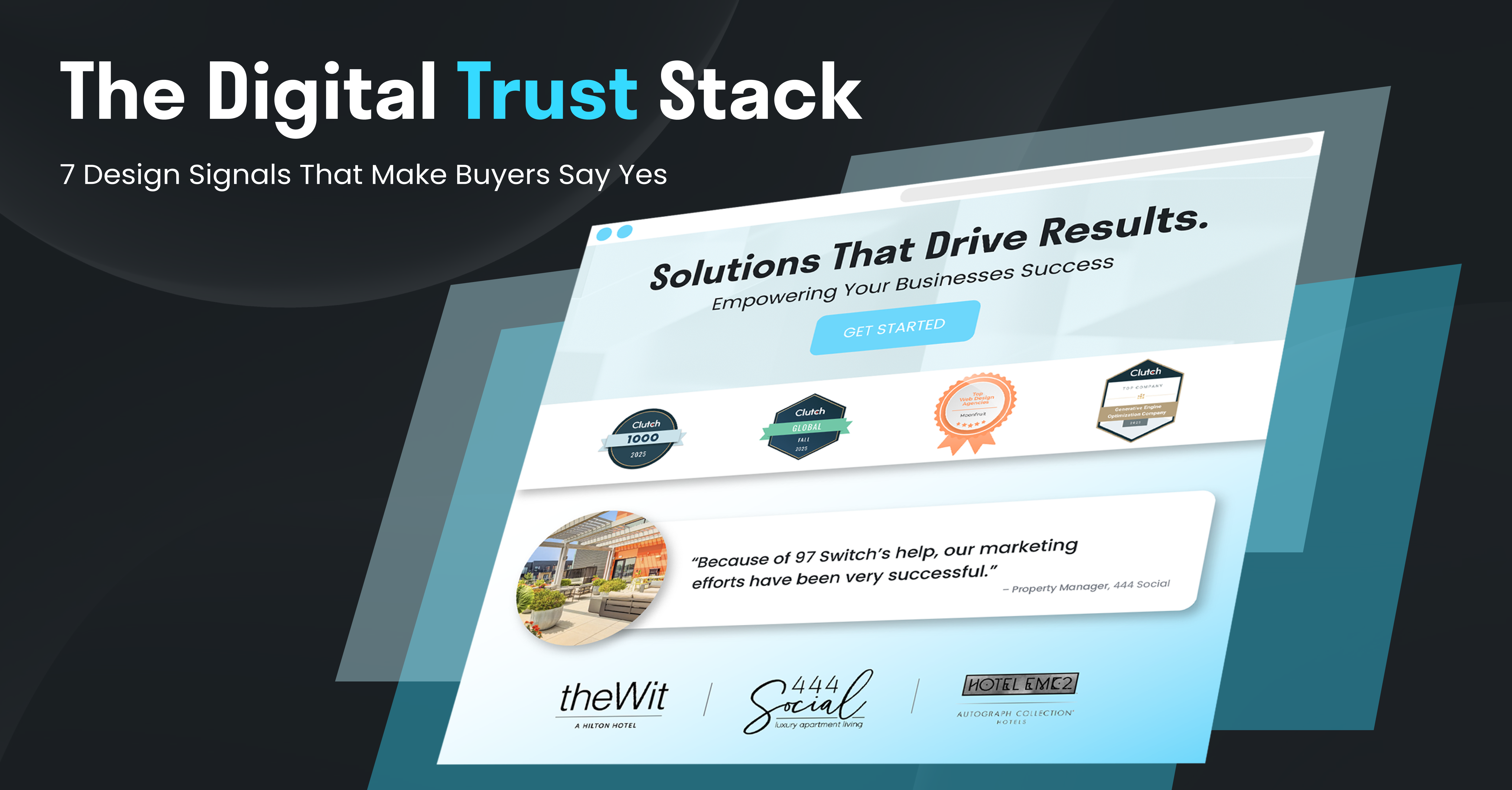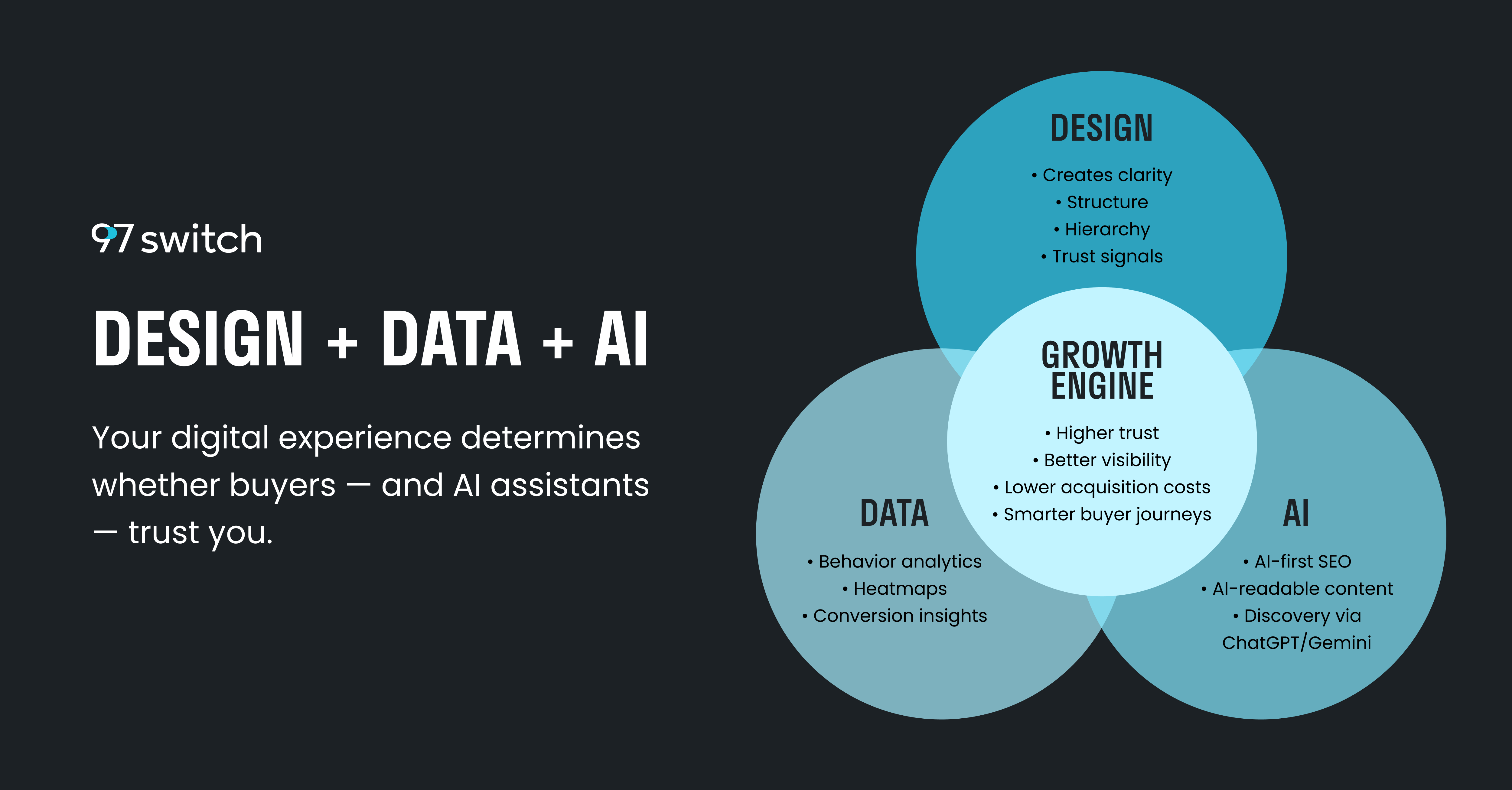One of the most underrated forms of content marketing includes email marketing. You have the power to reach your audience from within their homes—and oftentimes they sign up for it. Subscribers are usually loyal audience members who are asking to hear more from you.
Once you have an audience list built out, and they’re waiting for your emails, how do you know what they want to hear? How do you encourage open rates? This blog will tell you 6 tips to create an effective email newsletter.
Segment your audience

A tip that many people forget about is segmenting your email audience. This means separating them into categories based on their knowledge level, interest, or other factors. It might sound counterintuitive to exclude some of your email list, but it actually has quite the opposite effect you might expect.
Creating more specialized and niche audiences within your email marketing allows you to speak more directly to their specific needs. For example, if you have warm leads and cold leads, you might send them different content that is more likely to convert. Your warm leads probably already know who you are and what you do, so you would focus on the details of your offer. On the other hand, the cold, new leads need the most basic information in order to get to know you.
Getting to know your audience’s needs and fulfilling them more specifically is one way to make the readers feel like they are unique and special customers. It is more likely to get them to read your email and take action.
Personalize your subject line

Another way to make your audience feel seen and heard is to include the recipient’s name in the email. The first place you want to include this is the subject line, as this increases open rates. It sounds more genuine and personalized, meaning that they’re more likely to read the email.
You should also include the recipient’s name in the actual email copy, to encourage them to finish the email rather than just to open it. People like to feel like they are in a conversation, rather than just being sold to. Personalization adds that extra genuine factor, so it’s worth the effort to add a name.
Include graphics and images

No one wants to read an email that looks like a long block of text. Breaking up your text into smaller chunks is one way to avoid overwhelming readers, but including other elements also helps catch readers’ eyes.
Much like when reading a blog, including colorful graphics and images can make the email more interesting and exciting. It also helps simplify the message and get the point across. Your email should be scannable and interesting. People usually would rather look at pictures and see a story rather than see a boring article.
This doesn’t have to be complicated or difficult, as many email tools provide easy to build email templates. Simple dragging and dropping in some visual aspects will do wonders for your email’s effectiveness.
Include links

In any email, you should have a clear purpose. Why are you emailing, and what action do you want your reader to take? While including a call to action is important, readers will be much more likely to visit your website if you make it easier for them.
Proving a clickable link makes the journey painless. The easier it is for your audience to interact with you, the more likely they are to oblige. Your email should be full of links. From the images to the headlines, you should provide multiple ways for your readers to take action by clicking on a link.
Find a good schedule

Nobody signs up for emails hoping for spammy content. If you over-email, your open rates will drop and unsubscribe rates will skyrocket. The key to successfully building an effective email newsletter is to find a good posting schedule.
Depending on your industry, you might email once a day or once a week. You need to consider how often your readers would expect to hear from you and what they would find helpful. In the news industry, a newspaper might send out an email every day, as the news changes every day. However, in the shopping industry, a store shouldn’t email everyday, as their inventory and sales don’t change that often.
Considering a happy medium is essential to keeping your readers coming back for more. You want to stay on the top of their mind and keep them informed, but avoid filling their inbox with unnecessary information.
Consider what warrants an email

Just like when you are considering a schedule for your emails, you should consider what news your audience is interested in hearing. Any big changes to your business should be communicated, and any sales or events are always important to your audience.
Besides updating your audience on new changes and opportunities, you should also consider your subscribers and MVP list. They want to receive exclusive content that others don’t have access to, like coupons or first access to new products.
Again, your audience just wants to feel special and feel a personal connection with your brand, so if you can find ways to do that, you will be set up for success.
Key takeaways
Email marketing can be extremely effective for your business. Growing you email list is important, but before you can do that you need to focus on nurturing your current audience. When in doubt, you can always ask audience what they want to hear more of from you. Often, they will jump at the opportunity to be heard and improve their experience.
Interested in learning more? Click here, or reach out to info@97switch.com.






